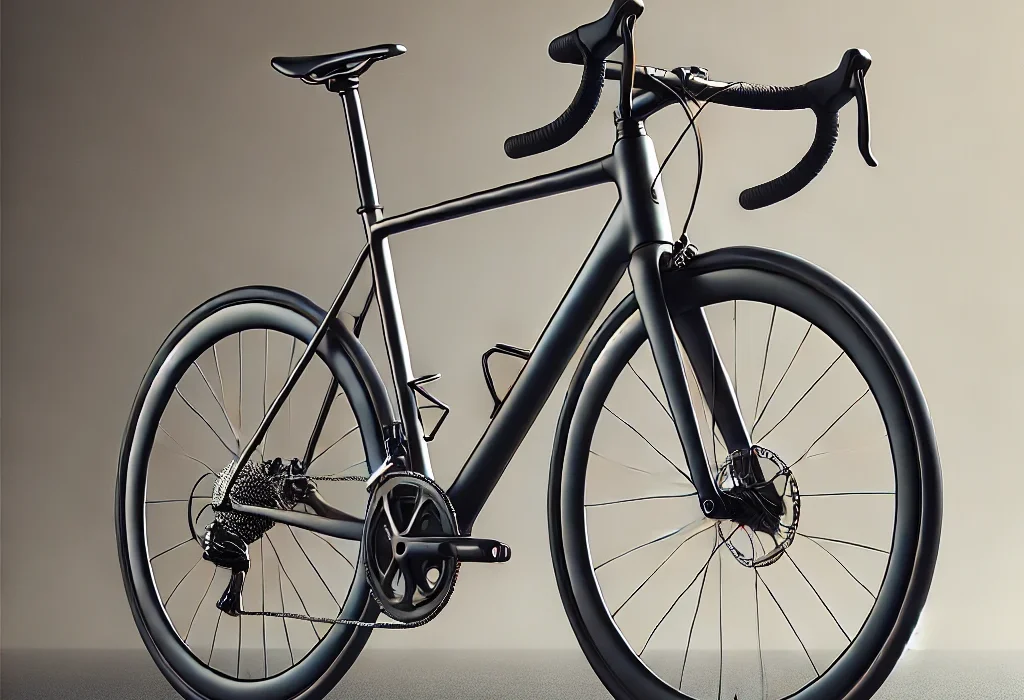Choosing a Bike for Cycling Touring: Types, Designs, and Components
Determining the Type of Cycling Touring
Before purchasing a bike for cycling touring, you need to decide on the type of trip you will be taking. There are many types of cycling touring, each with its specific requirements for bike design, equipment, and components.This information has been provided by a bike rental service in Portugal, https://bikerist.com/
The following main types of cycling touring are distinguished⁚
- Road cycling
- Mountain cycling
- Gravel cycling
- Long-distance cycling
Considering the nature of your intended trips, you can choose the most suitable bike that will provide comfort, efficiency, and safety during your cycling trips.
Choosing a Bike Design
After determining the type of cycling touring, you should choose the bike design that best suits your needs. There are several main types of bicycle designs for cycling touring⁚
Touring bike
Touring bikes are specially designed for long trips with luggage. They feature a sturdy frame, multiple mounts for racks and bags, and a comfortable geometry that keeps you comfortable even after hours in the saddle.
Gravel Bike
Gravel bikes are a hybrid of road and mountain bikes. They have wider tires than road bikes, which provides better traction on dirt roads and light off-road terrain. Gravel bikes also have a more relaxed geometry than road bikes, making them more comfortable for longer rides.
Mountain Bike
Mountain bikes are designed for riding on rough terrain. They have a sturdy frame, wide tires with aggressive tread, and a suspension fork or full suspension. Mountain bikes are suitable for off-road cycling but may be less effective on paved roads.
Road Bike
Road bikes are designed for riding on smooth, paved roads. They have a lightweight frame, narrow tires, and aggressive geometry, providing an aerodynamic riding position. Road bikes are great for fast, long-distance rides, but they are not designed for off-road riding.
The type of bike design you choose depends on the type of touring you plan to do, as well as the terrain you will be riding. By considering these factors, you can choose a bike that will provide you with maximum comfort, efficiency, and enjoyment during your bike ride.
Selecting Components and Equipment
Once you have selected the design of your bike, you need to choose the right components and equipment to ensure comfort, efficiency, and safety during your ride.
Drivetrain
A bike’s drivetrain includes a gear-shifting system that allows you to change the gear ratio and adjust to different riding conditions. For touring, choosing a drivetrain with a wide gear range is recommended to handle ups and downs easily.
Brakes
Brakes are a critical component of a bike that ensures the rider’s safety. Disc or rim brakes suit bike touring. Disc brakes provide more powerful and reliable braking, especially in wet weather. Rim brakes are lighter and easier to maintain.
Wheels and tires
The wheels and tires of a bicycle play an important role in the comfort and efficiency of riding. For bike touring, it is recommended to choose wheels with durable rims and spokes and tires with suitable tread for the intended riding conditions. Wider tires provide better cross-country ability on dirt roads and light off-road.
Luggage racks and bags
Luggage racks and bags are used to carry luggage on bike tours. Luggage racks can be front or rear, and bags can have different volumes and designs. The choice of luggage racks and bags depends on the amount and type of luggage you plan to take with you.
Additional equipment
In addition to the basic components, bike touring may require additional equipment such as mudguards, a pump, a spare tube, a tool kit, and a first aid kit. Mudguards protect the rider and bike from dirt and water, while a pump and spare tube are essential for repairing punctures.
The right components and equipment will make your bike tours more comfortable, efficient, and safe. To choose the best bike setup, consider the type of bike touring, the terrain you will be riding on, and your individual needs.
Bike Fit and Position
Proper bike position is critical to comfort, efficiency, and safety during bike touring. The bike should fit your height and anatomical features to ensure optimal body position and load distribution.
Determining the frame size
The first step is to determine the correct bike frame size. There are several ways to do this, including measuring the length of your inseam and using the bike manufacturer’s sizing charts. The inseam length is measured from the floor to the crotch.
Adjusting the Saddle Height
The saddle height should be adjusted so that when the pedal is at the bottom, your leg is almost entirely straight, with a slight bend in the knee. This position provides optimal power transfer and reduces the risk of injury.
Adjusting the Handlebar Position
The position of the handlebars also affects the riding position. The handlebars should be adjusted so that your arms are slightly bent at the elbows, and your back is relatively upright. This position provides comfort and control over the bike.
Test Ride
Once you have adjusted the bike to your size, take it for a test ride to ensure that the riding position is comfortable and efficient. Ride the bike on different types of terrain to assess its handling and comfort.
Proper bike positioning not only improves comfort but also improves riding efficiency and reduces the risk of injury. Take the time to adjust your bike to your individual needs, and you’ll be able to enjoy your bike rides to the fullest.

